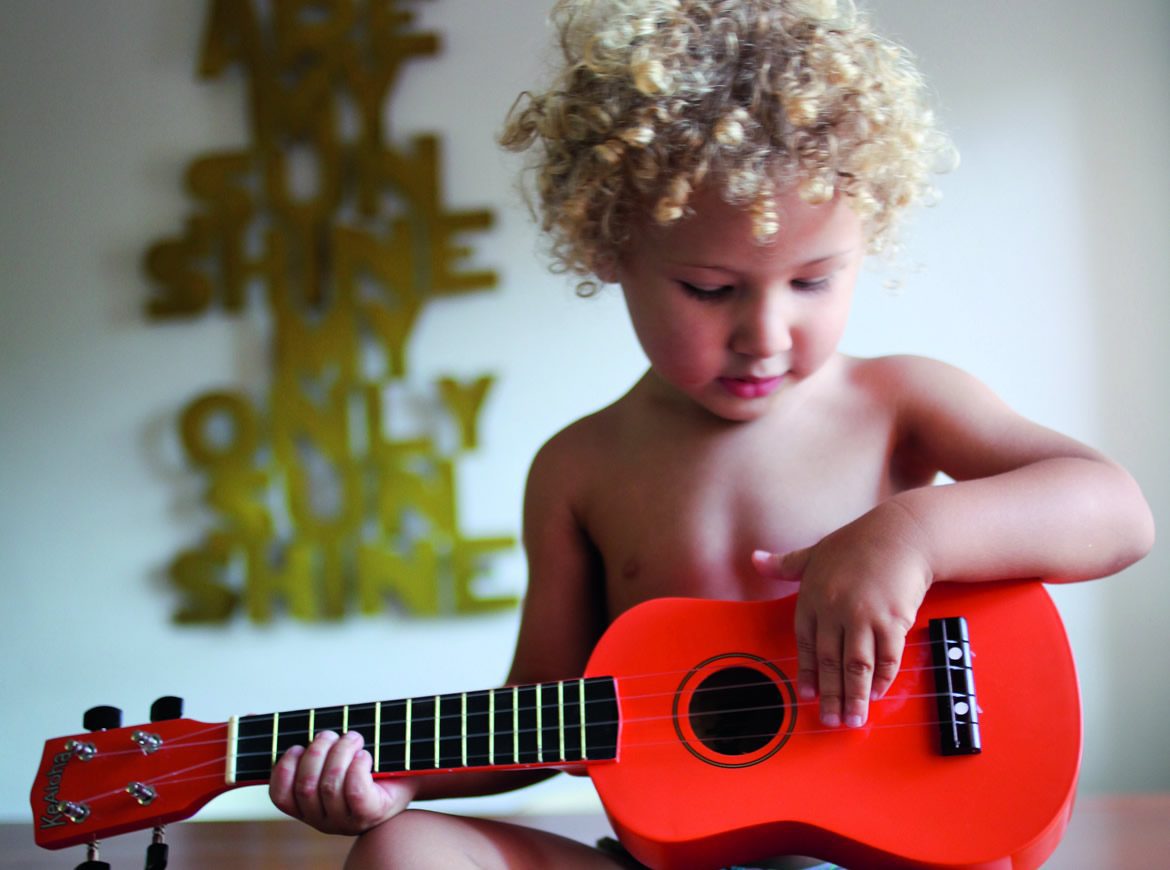“Okay, you’ve convinced me not to punish. But my two year old still bites, has tantrums, throws his food and scribbles on the furniture….” – Rebecca
Unfortunately, a two year old’s frontal cortex is still developing the ability to control his emotions and behavior. That means they throw food, break things, have meltdowns, bite when they’re mad, and scribble on the furniture. In other words, they act like two year olds.
But since the brain is still developing through the teen years, kids of all ages sometimes lack the rational control to behave as we’d like. Sometimes even 15 year olds act like 2 year olds!
So what can you do when your child acts out, whether he’s a toddler or a teen? Here are the five best strategies for preventing misbehavior, for all age kids.
1. Connect. Stay connected by seeing his point of view, so he’s motivated to develop self-control. When humans lash out – biting his sisters, breaking things, defiance – it’s because they feel afraid or hurt. That upset disconnects your child from you, even if you’re usually close. But his motivation to “behave” comes from his connection with you, so you have to re-establish the connection before you can influence his behavior. As soon as you see your child getting upset and pushing on the limits of acceptable behavior, move in close and re-connect: “Sweetie, I think we all need a hug…come here.” Sometimes that’s enough to turn things around, especially if you can then move into….
2. Play. Children process emotion through play, so you can often prevent “misbehavior” by helping your child channel her big feelings into giggles. Toddlers need regular throwing games where they can satisfy those throwing impulses. Try beanbag tossing into a bucket, or balls outside, or tossing stuffed animals down the stairs. Watch, compete (badly), admire his throwing, and be silly to get your child giggling. All young children need lots of wrestling, and games where they get to feel powerful: “You’re just too fast for me! How come you always win?!” The more laughter, the less misbehavior.
So when your child is beginning to push the limits, you might grab her up in your arms and run around the house with her, chanting something that gets her giggling, like “We’re growly, growly puppies… anyone who comes close gets a big puppy lick!” Compete with each other to see who can growl most fiercely until you’re both giggling and the whole mood changes. (Adapt this for older kids. I find pillow fights essential to life with tweens and teens.)
Unless, sometimes, things have gone too far and your child just needs to express all those tears and fears, and play won’t shift the mood. Then you….
3. Help him with emotions so they don’t drive “misbehavior.”
When your child is cranky or defiant and play doesn’t shift the mood, he’s asking for your help with his big feelings. All young children carry a figurative “emotional backpack” where they stuff the emotions they don’t feel safe enough to experience at the moment. When those feelings are pushing to come up and be expressed, kids feel disconnected from us. They show it by refusing to cooperate. When we ignore these signals, we can be sure our child will soon escalate and lash out.
Instead, prevent “misbehavior” by proactively helping your child surface and express his upset. How? Create safety. Muster as much compassion as you can. Move in close and look him in the eye. If necessary, put your hand on his arm to stop him from throwing, or on his belly to stop him from moving toward his sister. Set your limit as kindly as you can: “Sweetie, I won’t let you do that.”
Hopefully, he’ll melt into tears. More likely, he’ll first turn his anger toward you. If you stay compassionate (and if you’ve been maintaining a close connection with lots of play and special time), he’ll feel safe enough to show you the tears and fears behind the anger. Welcome these emotions. Sometimes fear looks like a tantrum, whether two or ten, but he needs the “holding environment” of your warm presence to experience these feelings he’s been stuffing.
The good news about emotions is, once we feel them, they evaporate. After his meltdown, your child will feel more relaxed, ready to happily reconnect and cooperate.
The younger the child when you start “allowing” emotions, the better he’ll control them as he grows and the fewer meltdowns you’ll see. But even older kids will sense the safety you’re creating and “show” you what’s upsetting them. Keep breathing and don’t take their anger personally.
Does this mean you accept verbal abuse? No. You say “Ouch! You must be so upset to speak to me that way. What’s wrong, Sweetie?” Then you listen, and keep breathing! Later, your child will probably offer a spontaneous apology. If not, you can certainly comment on respectful language being one of your house rules.
4. Set limits with empathy. Of course, none of this stops you from setting limits. It’s our responsibility to guide our kids. But all humans resist being controlled. Kids of all ages are more likely to follow our guidance when we understand their perspective. (It’s also easier for humans to redirect an impulse than to stop it completely.)
“Food is not for throwing! Are you showing me that you’re done eating? Say ‘Done, Mummy’ and I will help you get down….Since you want to throw, should we get your beanbags??”
“I know, it’s hard to stop playing and get ready for bed. I bet when you’re a grown-up, you’ll never sleep…You’ll just play all night long every night, won’t you? Right now, though, it’s time to get ready for bed.”
5. Regulate your own emotions. Kids will always act like kids. When we react by throwing a tantrum ourselves, it always makes things worse. If you can regulate your own emotions, you can always calm the storm. That’s what teaches kids to manage their own emotions. Which is what allows them to manage their behavior.
These 5 tools – Connect, Play, Help with emotions, Set limits with empathy, and Regulate your own emotions- will give your child the support he needs to be his best self most of the time. Of course, if your child is a toddler, you’ll also want to practice prevention: keep pens out of reach, don’t have markers in the house that aren’t washable, and develop really fast reflexes to catch his bowl when he’s done eating.
___________________________________________________________
Dr. Laura Markham is the author of Peaceful Parent, Happy Kids: How To Stop Yelling and Start Connecting. You can sign up to get her free posts right in your email, on any page of AhaParenting.com, the home of Aha! moments for parents of all age kids.











